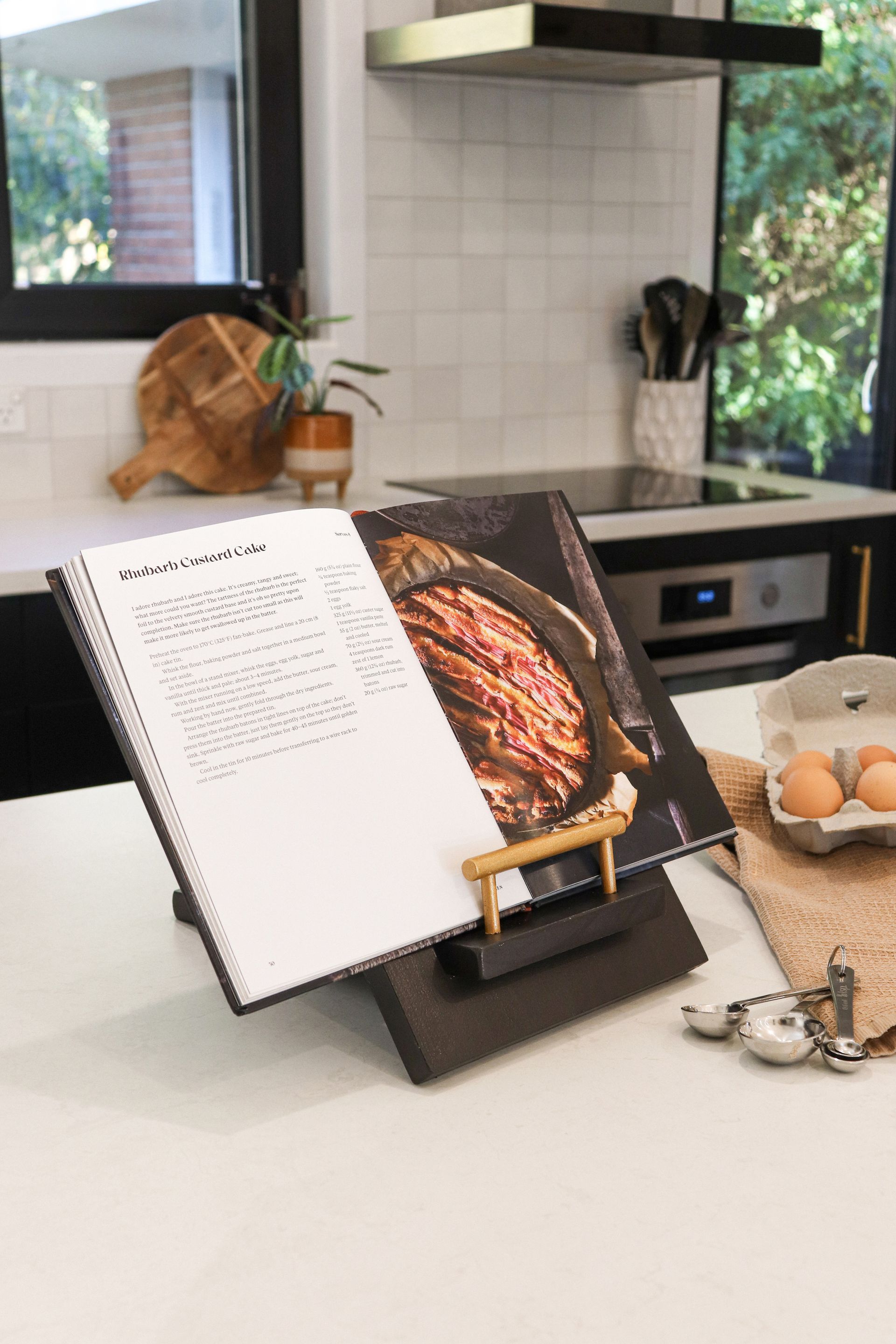An old concrete building near Oxford stands tall like a weathered sentinel in a landscape of fields and quietly grazing sheep. Though built in the early 1940s, this is no former army bunker or military supplies depot. In fact, this old flax mill once served a wartime need for linen fibre. Through the intervening decades, its story has become interwoven with that of a rural Oxford family who have preserved its heritage and opened the building as a wedding and events venue.
Eighty years ago, a sentry would have been guarding the building where I have come to meet Lin and Gerry Thomson, owners of ‘The Flaxmill’, a unique events venue with a fascinating history. During World War II, when the mill was built by the Ministry of Works, this place would have been running at capacity as an essential industry. By 1940–41, as linen supplies across Britain and Europe were becoming stretched to breaking point, New Zealand stepped up to help fill the need. Seventeen linen flax mills were built across the South Island. Fibre from these mills was being used back then to make everything from aircraft fabric to parachutes and firehoses. ‘Farmers were encouraged to grow linen flax, which is not the same as the New Zealand flax we’re used to and looks quite different,’ says Gerry, as we step inside the imposing building. ‘There were houses built all around here too for the 50 or 60 people who worked at the mill.’
Today is fairly grey and cold but I’m feeling pleasantly warm as we settle down to chat in easy chairs drawn up in front of a roaring wood fire. It feels like we’re sitting in some kind of medieval banquet hall, with grey walls rising up on either side, punctuated with steampunk elements of rusty metalwork and mysterious cavities linked to the mill’s wartime past. There are large rooms off this main space that once served as retting tanks, where flax would have been immersed in warm water to help separate out the fibre. After that, the flax would have been dried and put through a scutcher and crimper to produce high-quality linen fibre.
While the mill was busy producing fibre for the war effort, Lin’s father, Stan Brown, was overseas serving as a pilot before being captured and interred as a prisoner of war. After the war, he came home and took up farming near Oxford, running a mixed crop, sheep and beef operation. By then, the mill had closed down. ‘Our farm was next door and so when the mill came up for sale, along with a 25-acre block, Dad took it up and used the mill’s vats for storing grain,’ says Lin. ‘I have lots of memories of hay bales being stacked in here and playing in the hay. There was also a water reservoir here that we used to swim in, similar to a school swimming pool.’
She pauses and points out a tar line running horizontally around the walls, noting that these show where there used to be huge internal tanks capable of storing 380,000 litres of water, needed to supply the retting tanks. Top tanks were originally pumped full of water too, but are now open to the air and only capture rain.
As a young woman, Lin didn’t give the mill a second thought when she packed her bags to go travelling through Southeast Asia and onto the UK. By then she and Gerry were good friends and had decided to travel together. Both were struck by Britain’s architectural heritage and visited many beautiful historic properties.
Once back home in New Zealand, when the opportunity came up to take over Lin’s parents’ old two-storey farm homestead the couple leapt at it. Lin’s older brother had built a new home alongside the homestead, so Lin and Gerry wound up moving the old house – built in 1850 and thought to be the oldest in the district – four kilometres down the road. ‘For such an old building, it shifted well – all the beams were in good condition,’ says Lin.
In 1983, the year Lin and Gerry were married, they moved in and then spent the next 10 years renovating. ‘We had four kids and as each child came along we’d get another room finished,’ she recalls. ‘It was on bare land so we planted the garden and everything.’ Also on their block of land was the old flax mill. It had been a magical place for Lin in her childhood and, in turn, became a special place for her own children. ‘One year they decided they wanted to have a school ball here,’ says Gerry. ‘It was full of junk and old hay so we had a big clear-out. That was in the mid-1990s. Then our second son, Ben, had his 21st here in 2008.’
Gerry and Lin were starting to see the old mill’s potential as an events venue and by 2010 had completed a six-month renovation to bring it up to a commercially viable standard. Memorable events at the mill since then have included a family wedding reception (for their eldest son Nick and partner Lisa, who were married in the homestead garden), family Christmas gatherings, a friend’s 80th birthday celebration and a number of other weddings and corporate events. ‘People style it how they want but it always photographs well,’ says Lin. ‘One wedding party put a big red carpet down the middle. Everyone does something different and they style the tables in all sorts of ways.’
However, finding time to promote the venue has been a challenge with the couple working full-time – Gerry as a builder (Flaxmill Builders) and Lin as a nurse at the Oxford Medical Centre – while also trying to look after the homestead and 25 acres. That is all set to change this year as they have now sold their home of 38 years, along with 10 acres, and are building a new home in Oxford next to Nick, Lisa and their family. While it has been hard saying goodbye to the old family home, they are excited to be starting anew and looking forward to devoting more time to The Flaxmill.
Gerry and Lin have done a wonderful job of preserving the mill’s character. One of the end walls is lined inside with weathered corrugated iron, recycled from the roof during the renovation. Rotten timber entry doors into the building were replaced, but original rusty-orange metal sliders have been kept. They hired a professional concrete cutter to make doors into former retting tanks and then transformed these spaces into a spacious sitting room and gracious restrooms. It took a professional concrete cutter several days to cut the required holes through the mill’s 270-mm-thick concrete walls!
Electrical and plumbing services have been discreetly hidden away inside former drainage trenches that run around the mill’s perimeter. Evenly spaced metal pipe ends around the walls provide convenient niches for lights, with additional elegant lighting hung from the high ceiling.
The mill is well set up to host groups of up to 100 people with plenty of parking on-site and room for a marquee. Everything from tables, chairs, plates and cutlery is available on-site and the well-appointed commercial kitchen even includes a large spit roaster. Gerry and Lin’s future plans include adding historic images of the mill from the war era to the interior to further enhance this unique building that holds so many special stories and memories.
Recent stories






